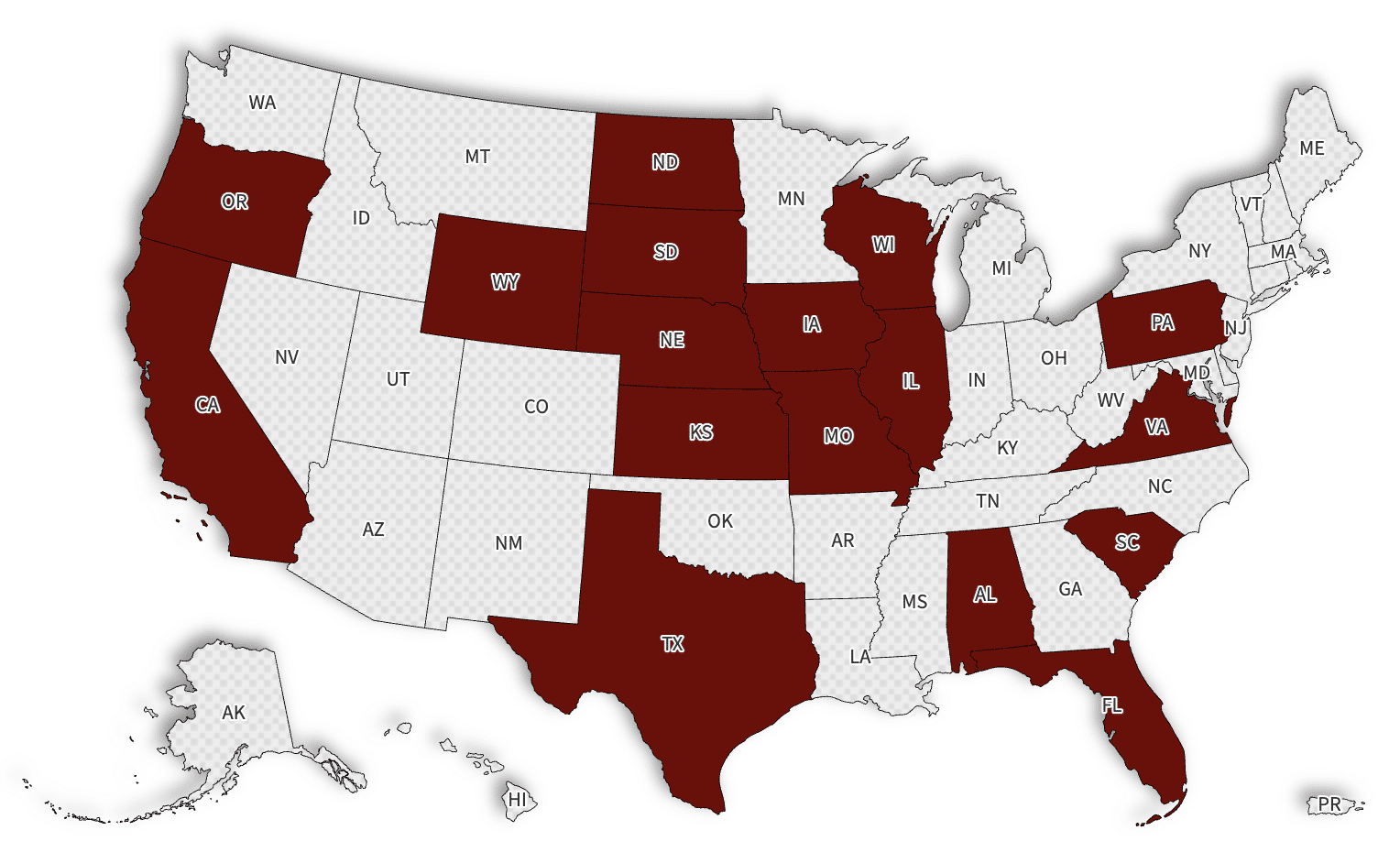As far as secretive government projects go, the objectives of IARPA may be the riskiest and most far-reaching. With its mission to foster “high-risk, high-payoff” programs, this research arm of the U.S. intelligence community literally tries to predict the future.
Staffed by spies and Ph.D.s, this organization aims to provide decision-makers with real, accurate predictions of geopolitical events, using artificial intelligence and human “forecasters.” IARPA, which stands for Intelligence Advanced Research Projects Activity, was founded in 2006 as part of the Office of the Director of National Intelligence.
Some of the projects that it has funded focused on advancements in quantum computing, cryogenic computing, face recognition, universal language translators, and other initiatives that would fit well in a Hollywood action movie plot. But perhaps its main goal is to produce “anticipatory intelligence.”
It’s a spy agency, after all. In the interest of national security, IARPA wants to identify major world events before they happen, looking for terrorists, hackers or any perceived enemies of the United States. Wouldn’t you rather stop a crime before it happens?
Of course, that’s when we get into tricky political and sci-fi territory. Much of the research done by IARPA is actually out in the open, utilizing the public and experts in advancing technologies. It is available for “open solicitations,” forecasting tournaments, and has prize challenges for the public. You can pretty much send your idea in right now. But what happens to the R&D once it leaves the lab is, of course, often for only the NSA and the CIA to know.
The National Security Agency expert James Bamford wrote that the agency is ultimately looking to create a system where huge amounts of data about people’s lives would be mined in real-time, for the purpose of preventing actions detrimental to the nation.
In his article for the Pittsburgh Post-Gazette, Bamford wrote that IARPA’s goal is to create very powerful automated computer systems, managed through artificial intelligence, which would be “capable of cataloging the lives of everyone everywhere, 24/ 7.” Such programs would be able to instantaneously access data streams belonging to citizens, whether from social media or anywhere else.
As Bamford writes, being able to analyze “every Facebook post, tweet and YouTube video; every tollbooth tag number; every GPS download, web search and news feed; every street camera video; every restaurant reservation on Open Table — largely eliminates surprise from the intelligence equation.”
Of course, one would suspect much of this is going on already. IARPA’s Mercury program, for example, concentrates on data mining millions of private overseas communications that are gathered by the National Security Agency. While it can certainly be argued that such a program is a national security necessity, working to spot terrorists and elements that can lead to social unrest, the potential for misuse and infringement on privacy rights has alerted observers. READ MORE















